Transforming Workout Routines with Personalization and Interactive Guidance
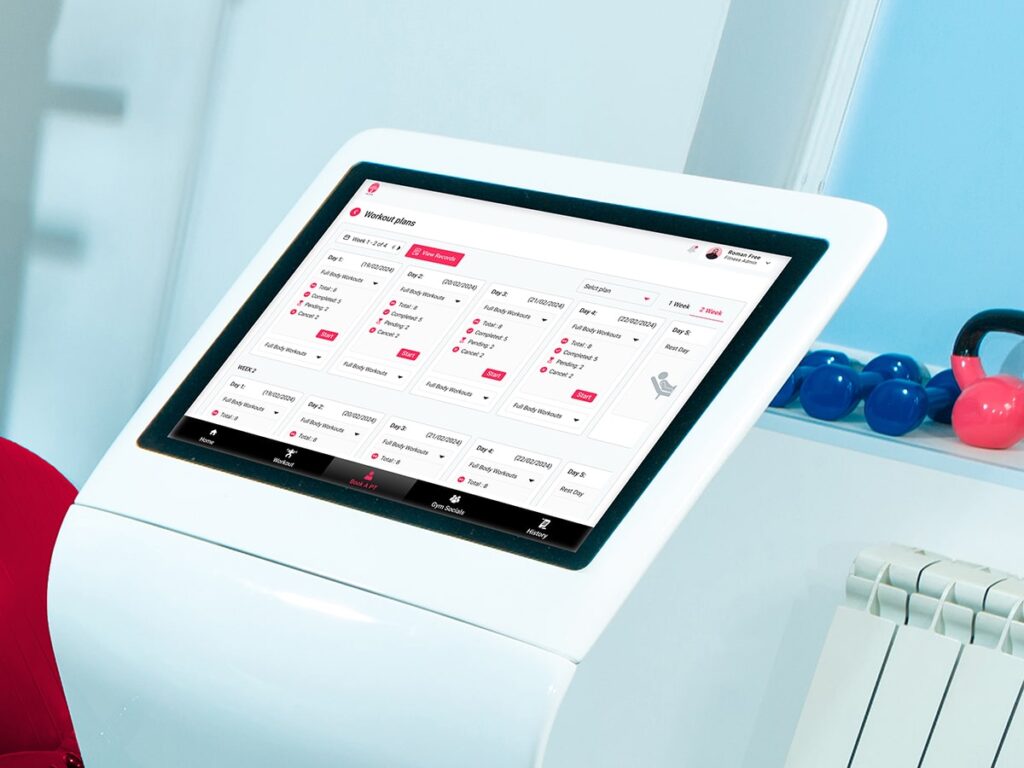
Problem Statement
Opportunity
Challenge
Pain Points
- Lack of Personalization – Users do not receive customized workout plans based on their fitness level, goals, or preferences.
- Unstructured Tracking – Gym-goers rely on manual logs or memory, making progress tracking inconsistent and ineffective.
- Low Engagement – Traditional workout methods lack interactive elements, leading to a decline in motivation and retention.
- Difficulty Navigating Equipment – Users often struggle with using machines correctly due to a lack of instructional support.
- Inefficient Gym Management – Gym owners lack digital tools to manage members, monitor progress, and enhance engagement.
Research & Discovery
Competitor Analysis
I analyzed existing gym and fitness apps to identify market trends, user expectations, and gaps. This involved evaluating UI/UX designs, comparing features, and reviewing user feedback. The goal was to understand what works well and what doesn’t in current solutions, especially in terms of personalization, structured guidance, and user engagement.
Market Research
I conducted research into the fitness industry to understand current trends and user behavior. This helped me identify key expectations for a digital fitness solution. Insights were gathered on popular features such as workout tracking, progress visualization, and interactive guidance, which users are increasingly seeking in fitness apps.
Traditional Gym Experience Analysis
I examined how gym-goers currently track their workouts without digital tools. I found that many users struggle with unstructured tracking, lack of motivation, and inefficient machine usage due to the absence of clear guidance. This analysis helped me pinpoint areas where a digital solution could enhance user engagement, progress tracking, and overall fitness commitment.
Key Insights
- Gym-goers face challenges in tracking their workouts effectively without digital tools.
- A lack of interactive guidance leads to improper machine usage and inefficient workouts.
- Users desire a more engaging, motivational, and convenient fitness experience.
- Personalization and progress tracking are essential for increasing user retention.
Ideation & Wireframing

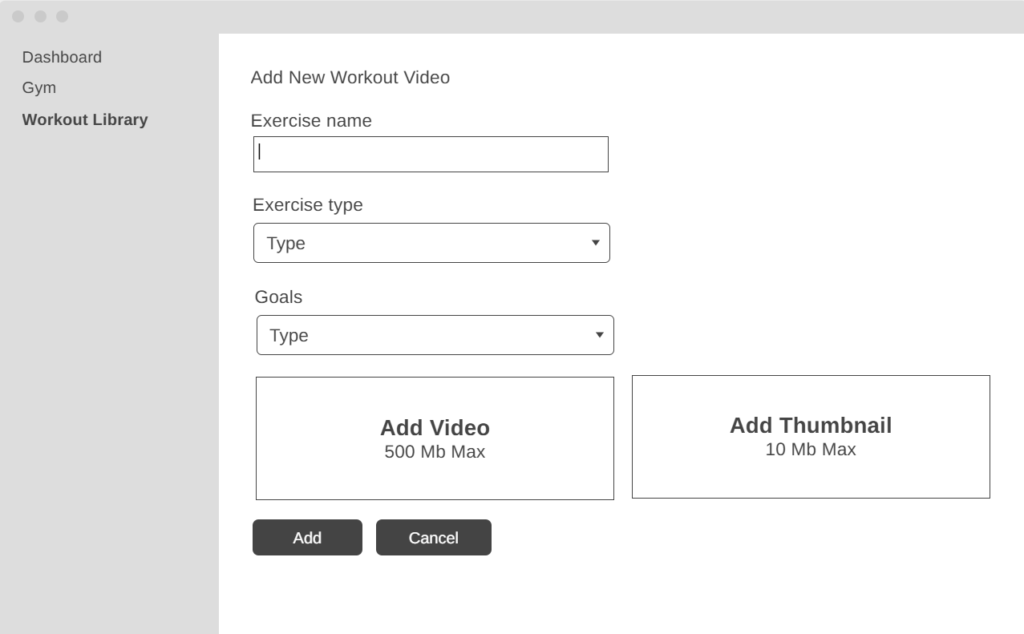
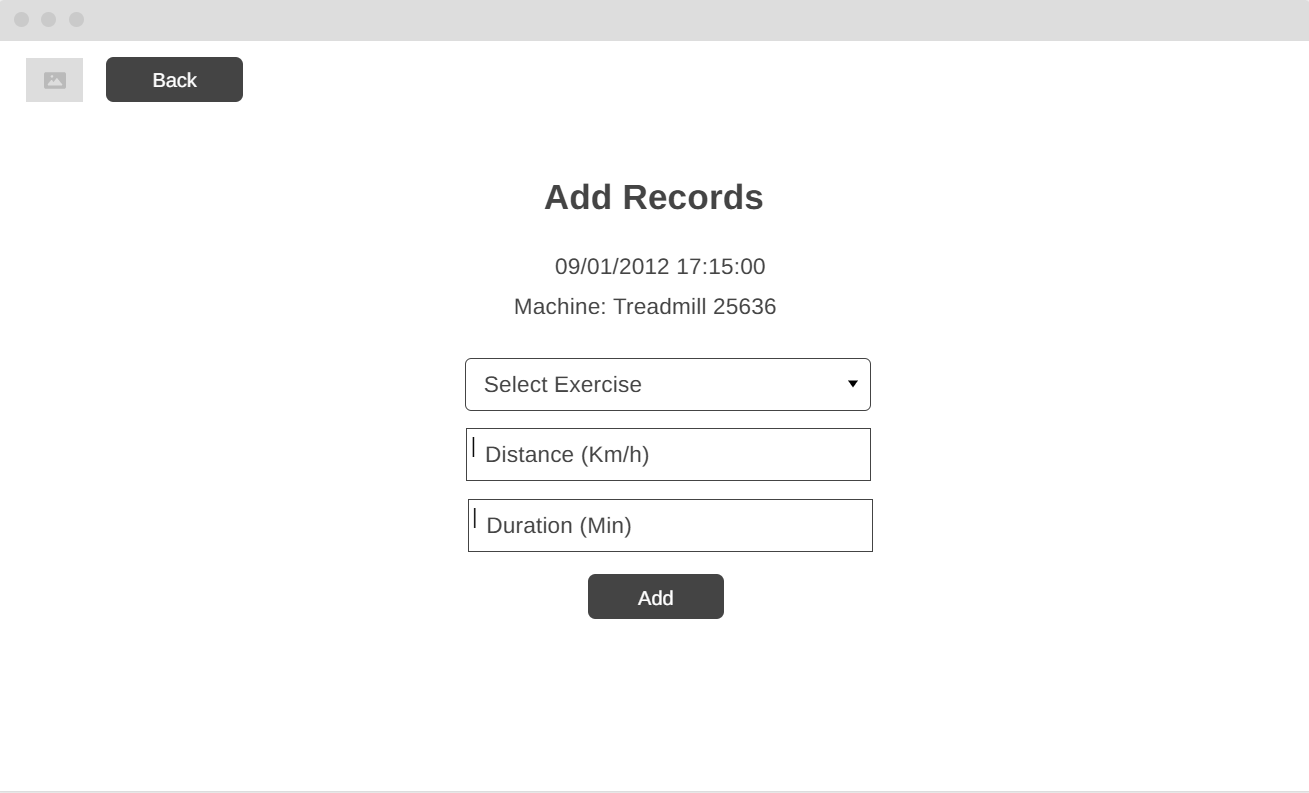
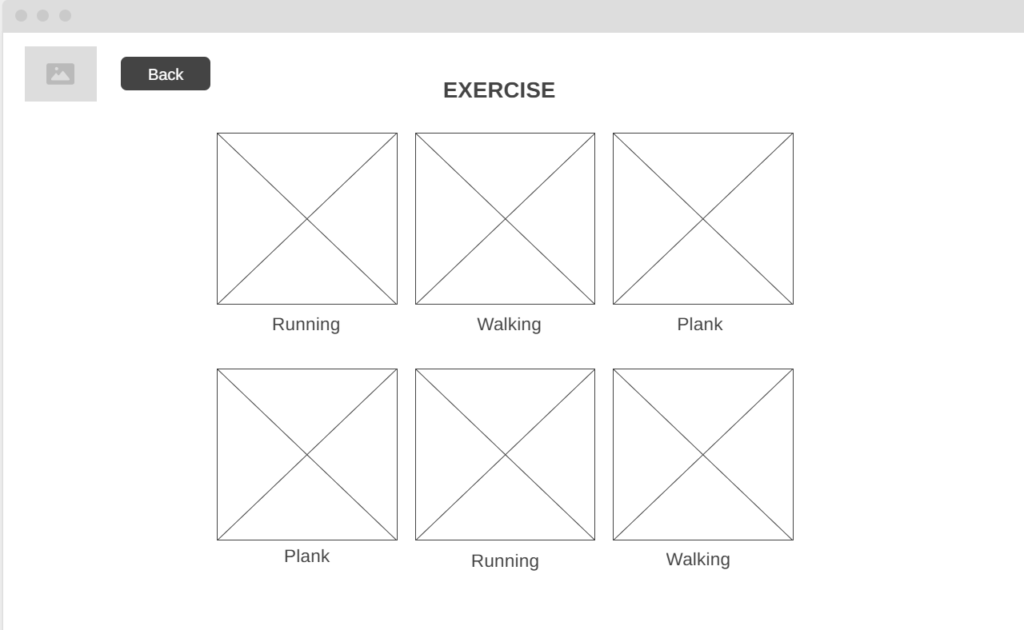
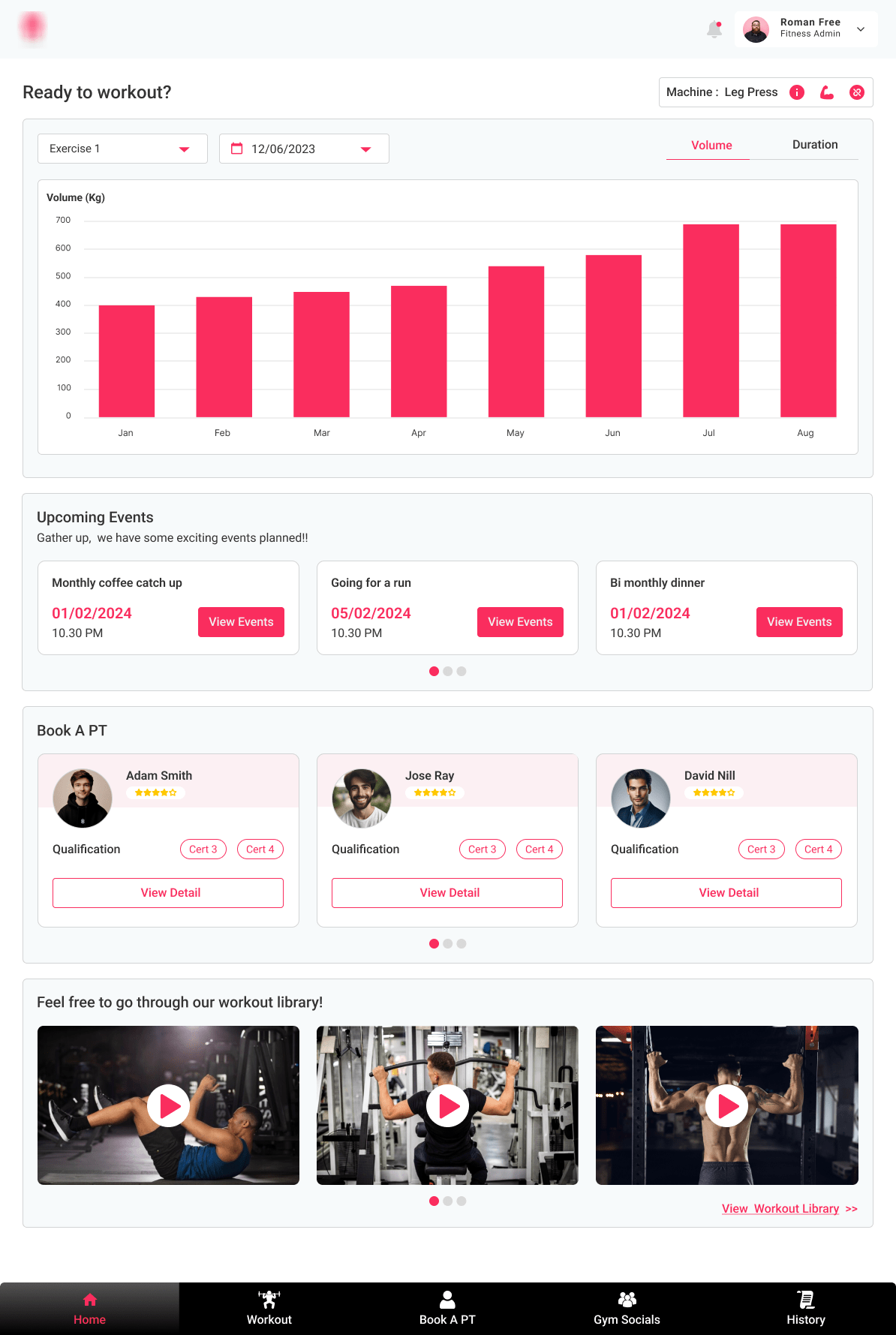
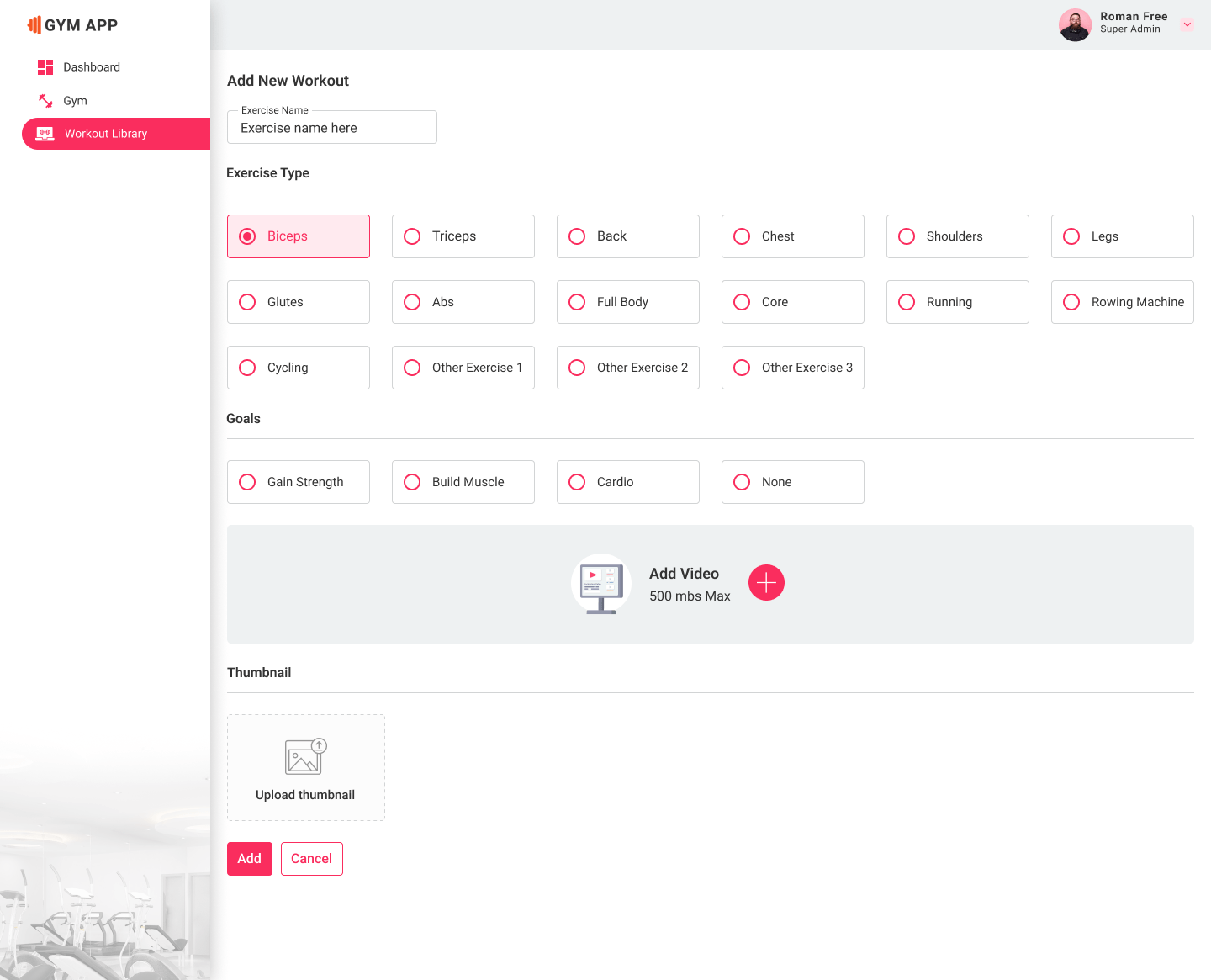
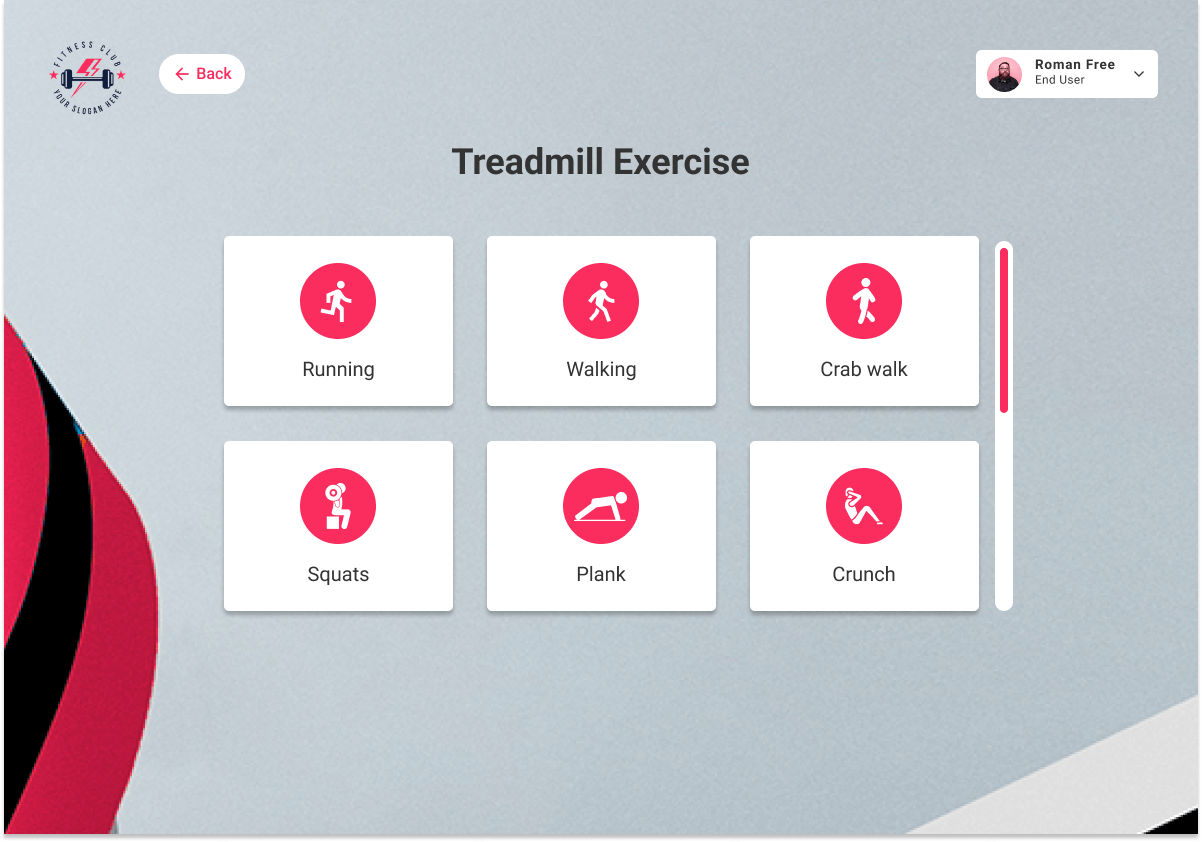

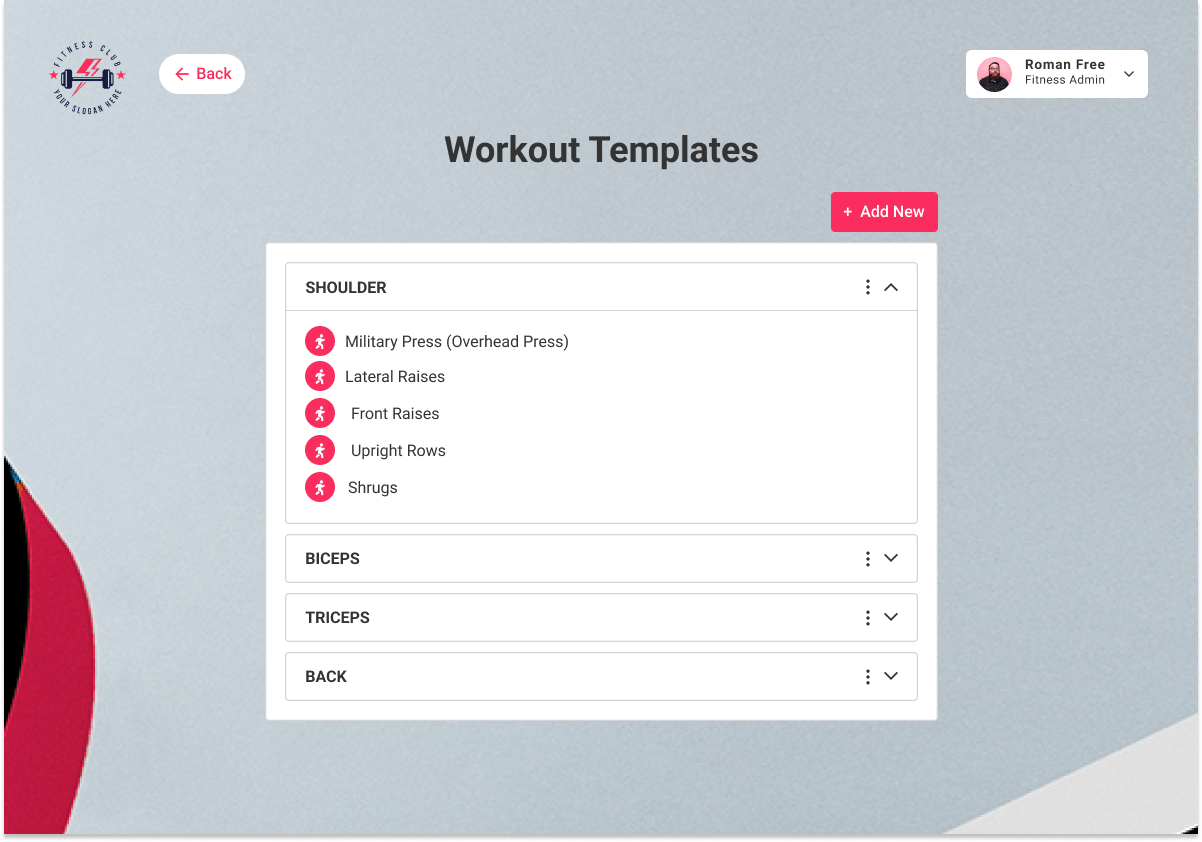
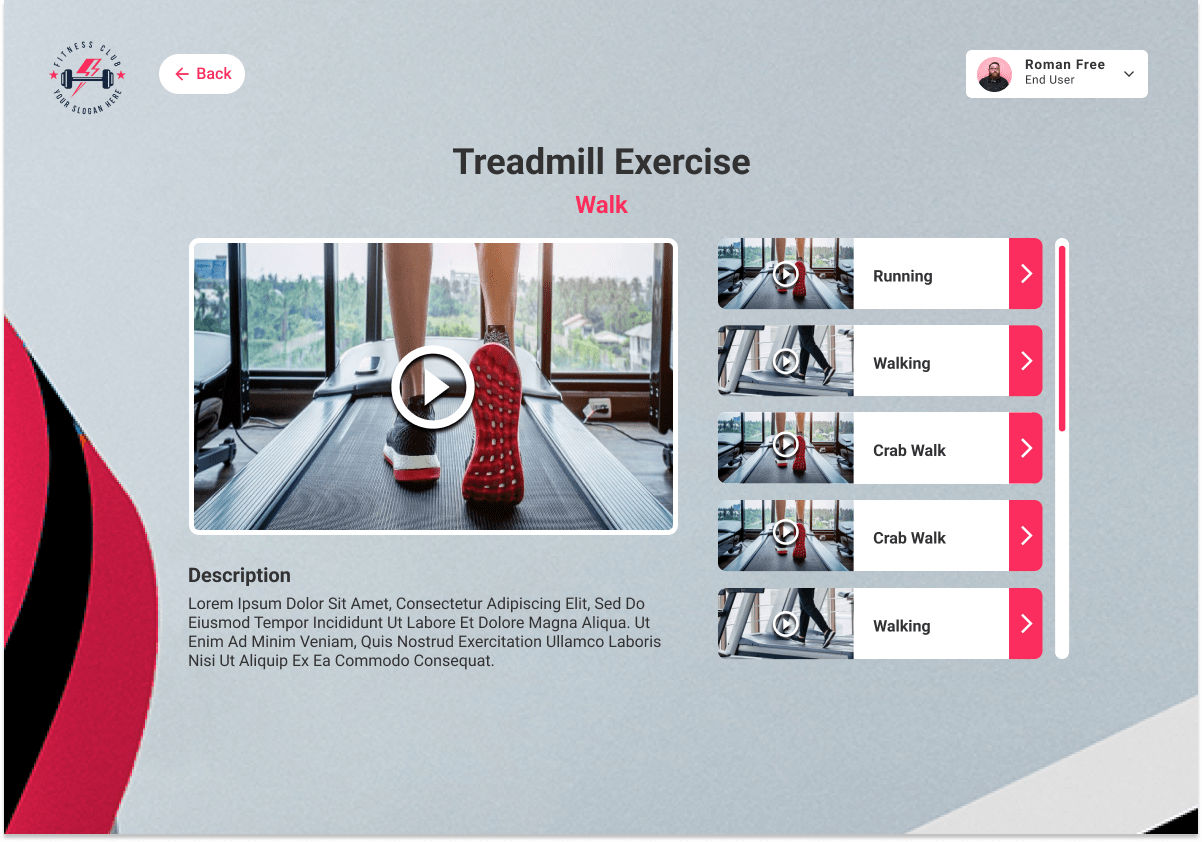
Outcome & Impact
The final design successfully addressed key user pain points by offering an intuitive interface for workout tracking, personalized goal setting, and interactive guidance. This made fitness routines more structured and engaging, providing a seamless experience for users and helping them stay consistent with their fitness goals.
Enhanced User Engagement: The app significantly boosted motivation through progress tracking and interactive features, making the fitness journey more enjoyable and encouraging users to stay on track.
Improved Retention Rates: The engaging and convenient fitness experience led to higher long-term app usage, contributing to increased user retention.
Efficient Workout Management: Users were able to easily log their workouts and access guidance, minimizing confusion in the gym and optimizing their workout routines.
